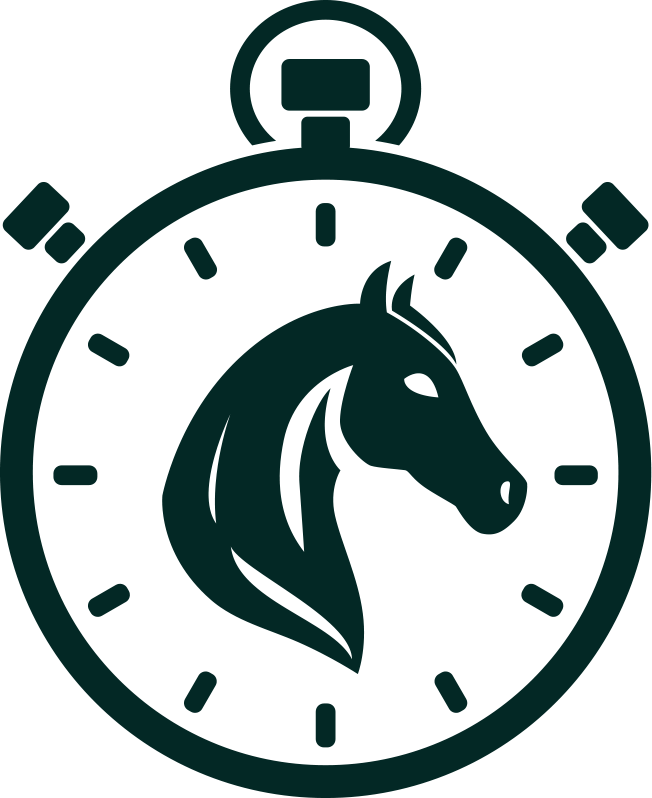British equestrian traditions are deeply rooted in history, with practices such as plaiting manes to the right and mounting from the left originating from the British army and hunting field. While these traditions may have practical origins, such as preventing impalement from swords, their relevance in modern times is questionable. Hairnets, brown tack, and garter straps are other examples of traditional equestrian practices that may seem outdated in today’s world of practical fabrics and safety gear.
The tradition of not plaiting hunt horses on Mondays used to be a day off for grooms, while the use of garter straps has become more of a fashion statement than a functional necessity. The debate between a stock or a tie, as well as the choice of white/beige/cream jodhpurs for competitive riding, highlights the fine line between tradition and practicality in the equestrian world. As rules start to change and evolve, riders may find themselves questioning the necessity of certain traditional practices.
While many equestrian traditions have practical or historical origins, the changing landscape of the sport raises questions about their continued relevance. As riders adapt to new technologies and safety standards, the debate between tradition and modernity becomes more pronounced. Ultimately, the decision to uphold or discard traditional equestrian practices may vary among individuals and disciplines within the sport.







